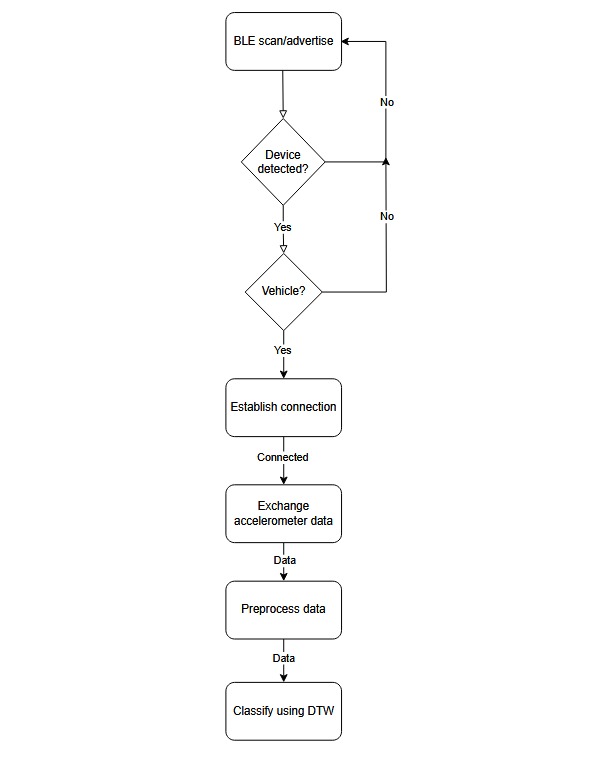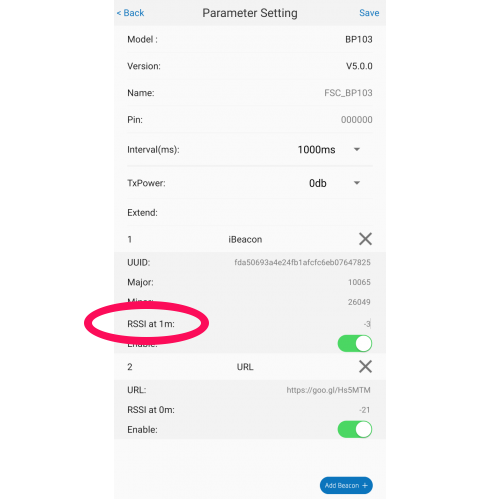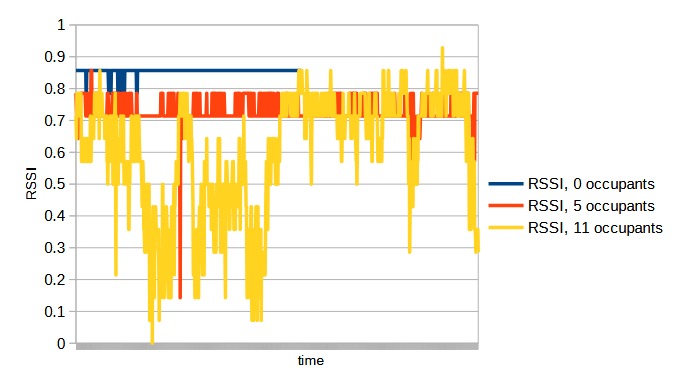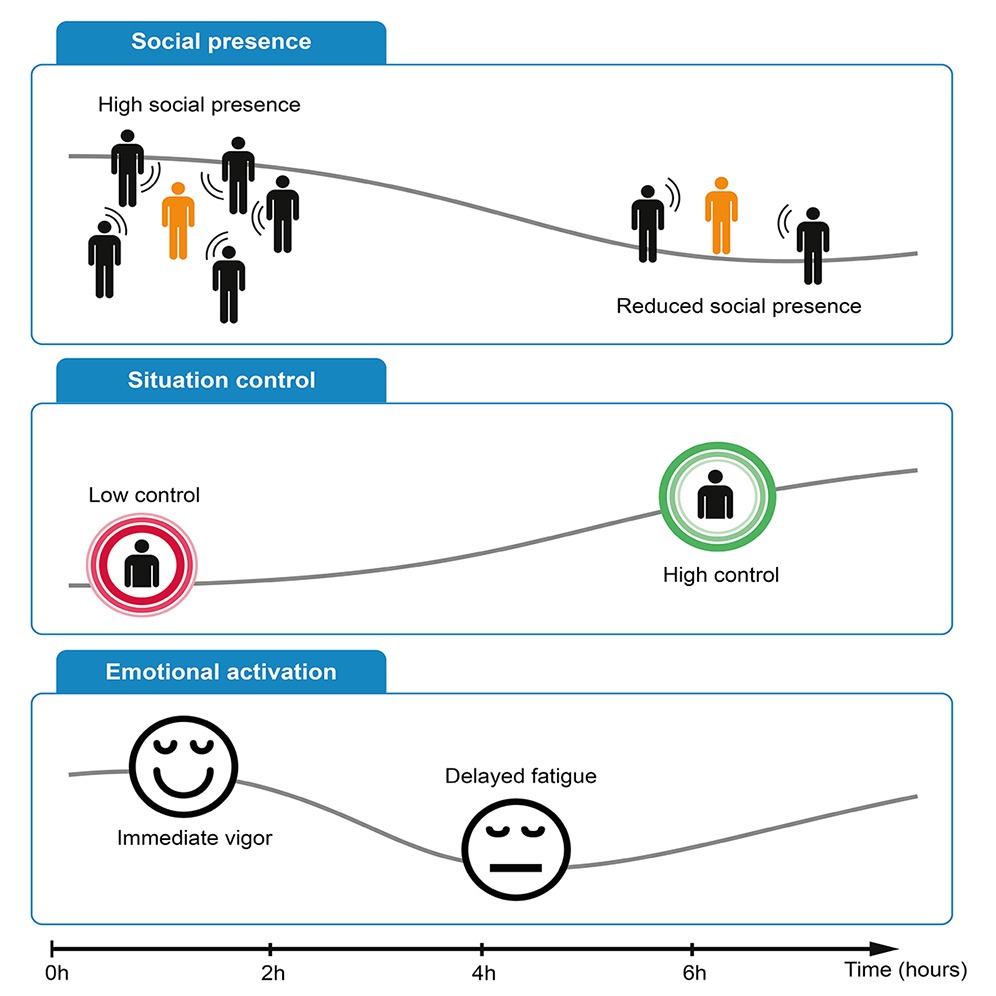The new paper Passive Indoor People Counting by Bluetooth Signal Deformation Analysis with Deep Learning, proposes a method for counting people in indoor spaces using Bluetooth Low Energy (BLE) signals and deep learning techniques. The goal is to offer a privacy-preserving, device-free, and non-intrusive solution for occupancy monitoring in environments where camera use is inappropriate, such as hospitals and laboratories.
The method relies on analysing how human presence distorts BLE signals, particularly their Received Signal Strength Indicator (RSSI). Unlike traditional camera-based or wearable solutions, this approach does not require people to carry any devices. BLE beacons emit signals that, when passing through or reflecting off human bodies, become altered in predictable ways. These signal deformations are then analysed using deep neural networks to estimate the number of occupants.
Five deep learning models were evaluated: Dense Neural Network (DenseNN), Convolutional Neural Network (CNN), Long Short-Term Memory (LSTM), a hybrid CNN+LSTM model, and a Transformer-based model. Both classification and regression approaches were tested. The hybrid CNN+LSTM model consistently outperformed the others in terms of accuracy and mean absolute error.
A key strength of the method is its flexibility and efficiency in new environments. The model is pre-trained on a large, varied dataset, and only requires a brief fine-tuning session with a small sample of data from the new location. In some cases, the model could even interpolate occupancy values it was not explicitly trained on. This means that with minimal setup time, the system can be deployed effectively in a range of environments, achieving accuracies of over 96%, and in some configurations even exceeding 99%.
The authors also developed a comprehensive data preprocessing and filtering strategy to account for signal noise and variability caused by human movement and the BLE protocol’s frequency hopping. They configured BLE beacons to transmit on fixed channels to maintain consistency in RSSI measurements.
In conclusion, the proposed BLE-based passive people counting system demonstrates high adaptability, accuracy, and practicality for real-time occupancy monitoring, with notable advantages over existing BLE and even some WiFi-based solutions. However, it still requires some calibration in each new environment due to limitations in generalising across different room geometries. Future work aims to develop a model that can generalise without this fine-tuning step.




